Pedro Ramaciotti Morales
Your most telling friends: Propagating latent ideological features on Twitter using neighborhood coherence
Mar 12, 2021
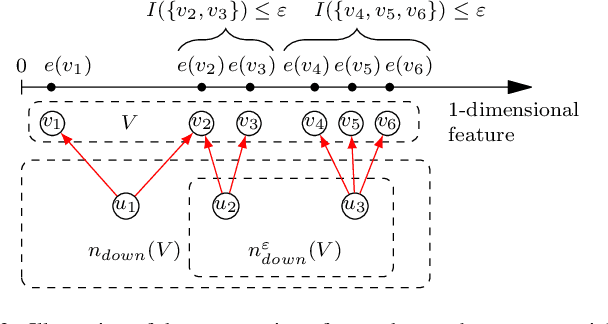
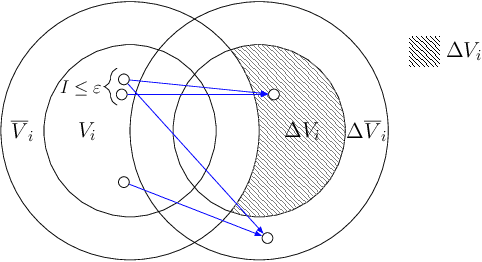
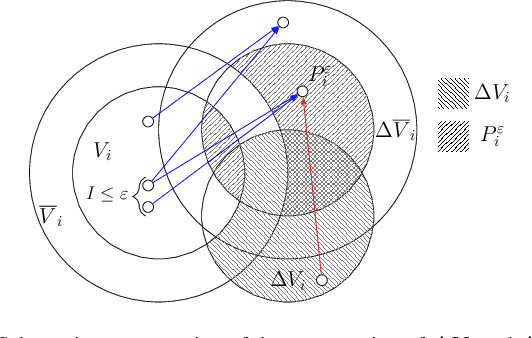
Abstract:Multidimensional scaling in networks allows for the discovery of latent information about their structure by embedding nodes in some feature space. Ideological scaling for users in social networks such as Twitter is an example, but similar settings can include diverse applications in other networks and even media platforms or e-commerce. A growing literature of ideology scaling methods in social networks restricts the scaling procedure to nodes that provide interpretability of the feature space: on Twitter, it is common to consider the sub-network of parliamentarians and their followers. This allows to interpret inferred latent features as indices for ideology-related concepts inspecting the position of members of parliament. While effective in inferring meaningful features, this is generally restrained to these sub-networks, limiting interesting applications such as country-wide measurement of polarization and its evolution. We propose two methods to propagate ideological features beyond these sub-networks: one based on homophily (linked users have similar ideology), and the other on structural similarity (nodes with similar neighborhoods have similar ideologies). In our methods, we leverage the concept of neighborhood ideological coherence as a parameter for propagation. Using Twitter data, we produce an ideological scaling for 370K users, and analyze the two families of propagation methods on a population of 6.5M users. We find that, when coherence is considered, the ideology of a user is better estimated from those with similar neighborhoods, than from their immediate neighbors.
Measuring Diversity in Heterogeneous Information Networks
Jan 10, 2020
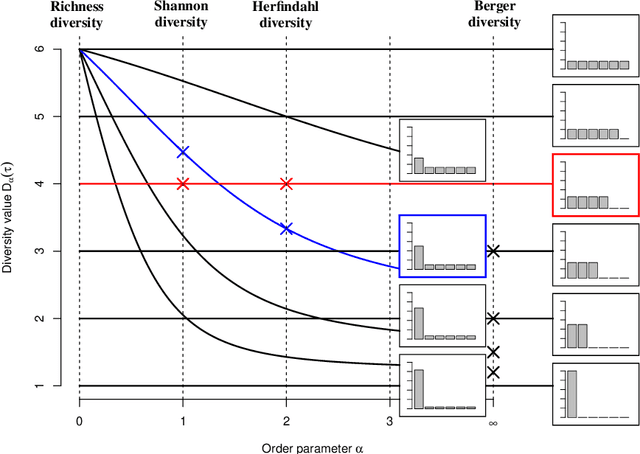
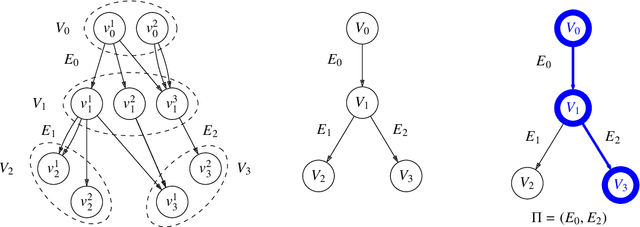
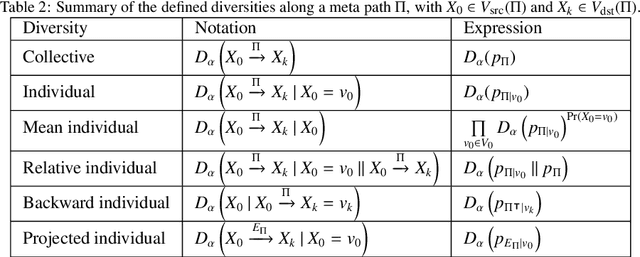
Abstract:Diversity is a concept relevant to numerous domains of research varying from ecology, to information theory, and to economics, to cite a few. It is a notion that is steadily gaining attention in the information retrieval, network analysis, and artificial neural networks communities. While the use of diversity measures in network-structured data counts a growing number of applications, no clear and comprehensive description is available for the different ways in which diversities can be measured. In this article, we develop a formal framework for the application of a large family of diversity measures to heterogeneous information networks (HINs), a flexible, widely-used network data formalism. This extends the application of diversity measures, from systems of classifications and apportionments, to more complex relations that can be better modeled by networks. In doing so, we not only provide an effective organization of multiple practices from different domains, but also unearth new observables in systems modeled by heterogeneous information networks. We illustrate the pertinence of our approach by developing different applications related to various domains concerned by both diversity and networks. In particular, we illustrate the usefulness of these new proposed observables in the domains of recommender systems and social media studies, among other fields.
 Add to Chrome
Add to Chrome Add to Firefox
Add to Firefox Add to Edge
Add to Edge